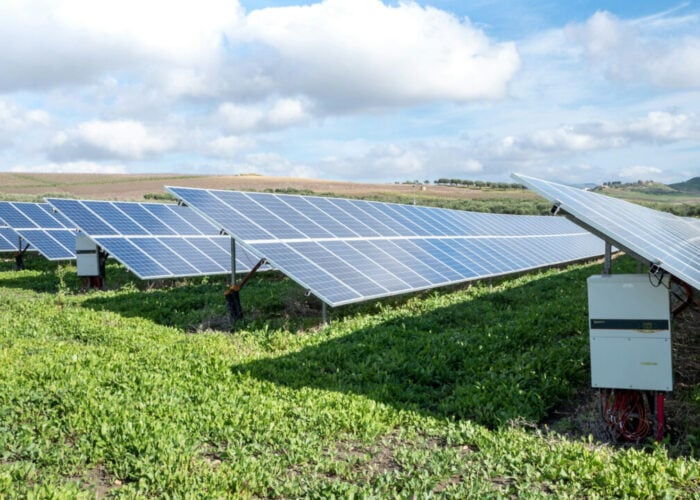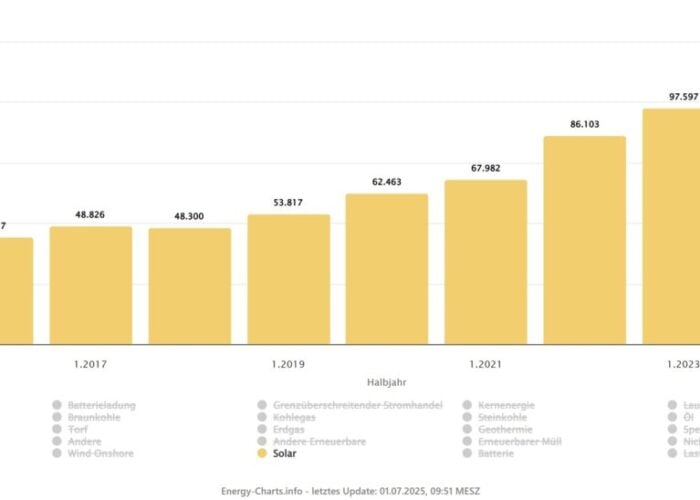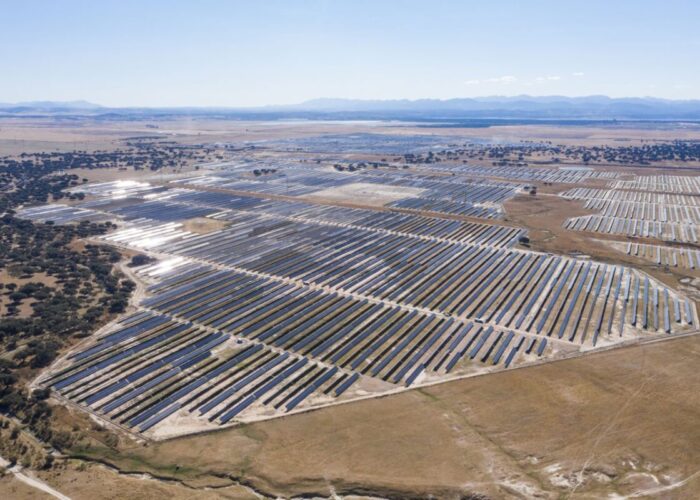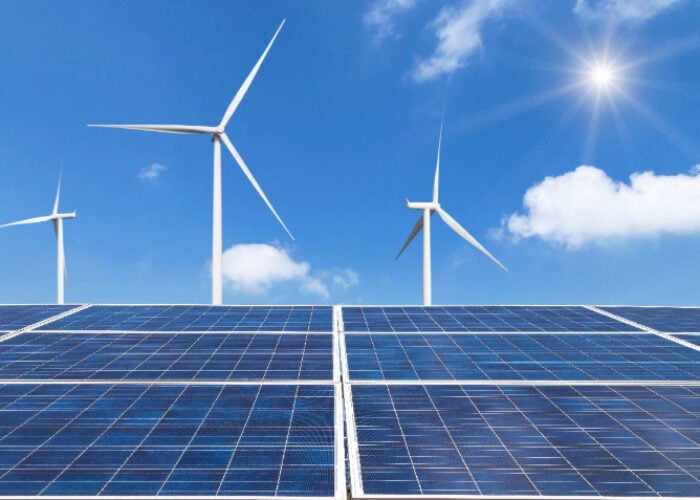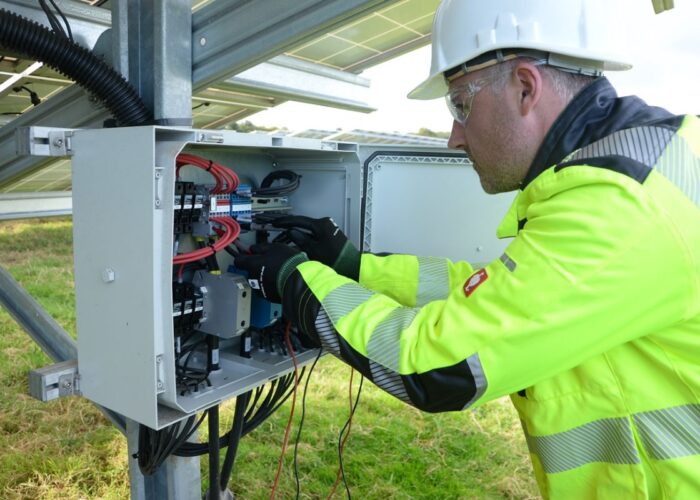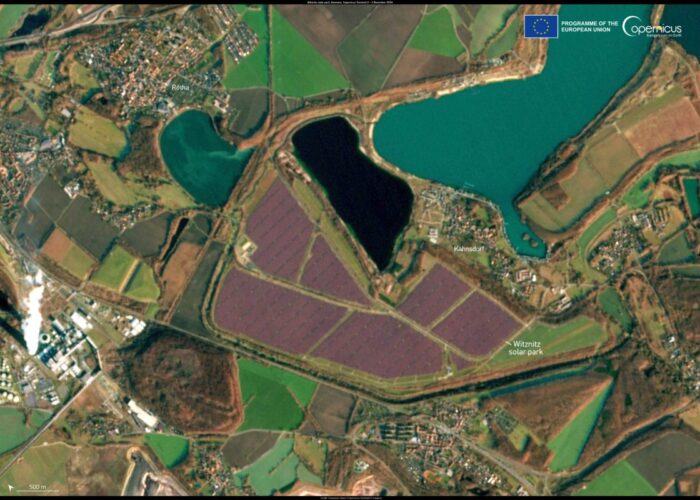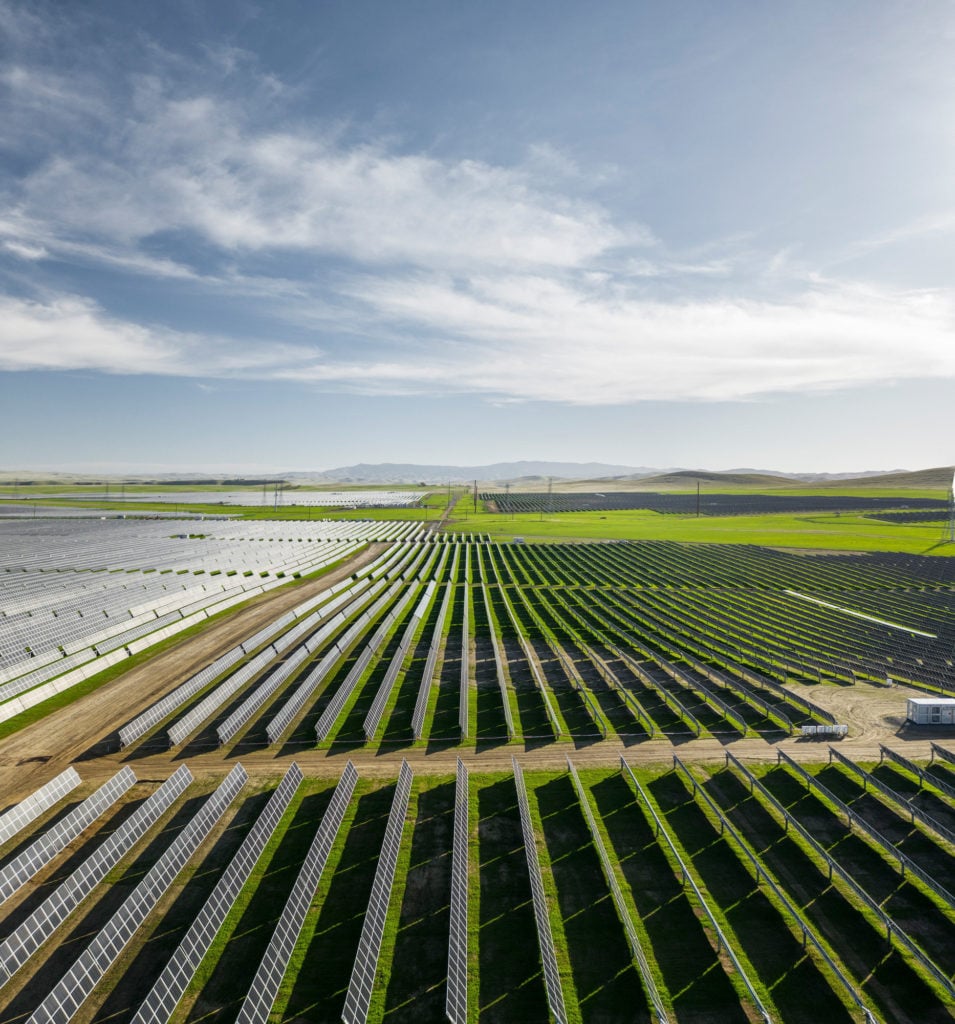
Europe solar’s annual capacity will “significantly” increase after the invasion of Ukraine, according to a report from energy giant Stakraft.
The company’s latest Low Emissions Scenario estimates that solar PV installs will rise to 45-52GW per year towards 2030, up from previous analysis expecting 33GW per year before Russia’s invasion of Ukraine.
Unlock unlimited access for 12 whole months of distinctive global analysis
Photovoltaics International is now included.
- Regular insight and analysis of the industry’s biggest developments
- In-depth interviews with the industry’s leading figures
- Unlimited digital access to the PV Tech Power journal catalogue
- Unlimited digital access to the Photovoltaics International journal catalogue
- Access to more than 1,000 technical papers
- Discounts on Solar Media’s portfolio of events, in-person and virtual
Last year the European Union installed 27GW of solar PV, with trade body SolarPower Europe expecting the EU to reach nearly 40GW in 2022, near Statkraft’s revised targets for the coming years.
Unlike wind power, Statkraft’s report expects solar power installation to be in line with the REPowerEU target to reach 600GW of solar PV by the end of the decade and thus installing approximately 45GW per year.
Wind meanwhile is projected to reach annual installations between around 18GW-26GW, well short of the REPowerEU’s targeted 32GW a year.
Moreover, solar power has been asserted as the “crucial” renewable technology to reduce the EU’s dependence on Russian gas and reduce its emissions.
The company’s Low Emissions Scenario outlines that solar will become the world’s largest source of power generation around 2035, while renewable energy will account for almost 80% of the world’s total power generation in 2050.
Furthermore, solar power will become the largest energy source, producing more than 21,000TWh, equivalent to today’s 80% of the world’s power demand.
“In this year’s analysis, we show that the energy crisis we currently face eventually could become a catalyst for the green energy transition. The main solution to obtaining energy security and independence is to develop clean and efficient energy at a higher pace than before,” said Christian Rynning-Tønnesen, CEO at Statkraft.
Fighting the climate crisis and solving the ongoing energy crisis have the same solution, which is more renewable energy and more efficient energy use, added Rynning-Tønnesen.
Thus the increased use of renewable energy combined with technological solutions aimed at giving a bigger flexibility, such as energy storage will help balance the intermittency of solar and wind power.

